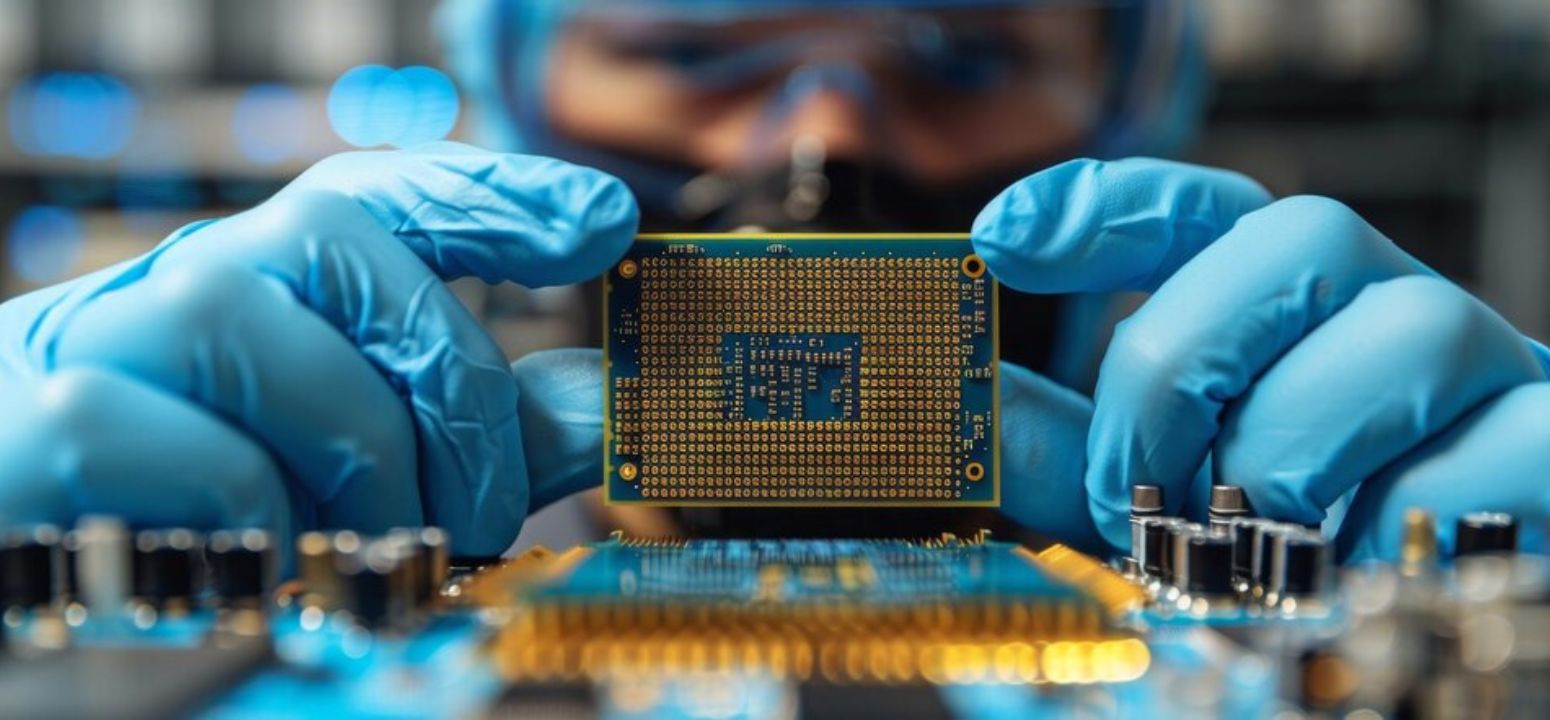
In the world of Very Large Scale Integration (VLSI), “cloning” is a term that often piques curiosity. While cloning has various definitions across fields, in VLSI, it refers to the replication or duplication of specific design elements to optimize chip performance, reduce design time, or ensure reliability in production. This blog explores cloning in VLSI, its significance, and how it impacts modern chip design.
What is Cloning in VLSI?
In the VLSI domain, cloning typically refers to the process of replicating parts of a circuit or design, such as logic blocks, layouts, or cells, across a chip. The concept of cloning allows designers to reuse optimized components multiple times within a single design, ensuring efficiency and consistency across the circuit.
For instance, in memory arrays or processors, cloning certain design elements allows for efficient replication of memory cells or processing cores, reducing the overall design time and simplifying verification. This is particularly useful in modern chip design, where complexity is constantly increasing.
Why is Cloning Important in VLSI?
- Design Efficiency: One of the primary reasons for cloning in VLSI is the efficiency it brings to the design process. Designers can replicate cells or modules that are already verified and tested, reducing the need for rework and speeding up the design cycle.
- Consistency: Cloning ensures that all instances of the replicated design behave consistently. This is crucial in large-scale integration where multiple instances of the same block (such as memory cells or logic gates) are required. Any inconsistencies in manually recreating the design can lead to functionality errors.
- Reduction of Time-to-Market: In the fast-paced semiconductor industry, reducing design time is essential. By using cloning techniques, design teams can cut down on repetitive tasks and focus on more innovative and critical aspects of the chip’s design, allowing for faster time-to-market.
Types of Cloning in VLSI
There are several types of cloning that designers use in VLSI, each serving a different purpose in the design process:
1. Layout Cloning
This involves the replication of physical layouts in the design. Layout cloning is particularly useful in the manufacturing process as it ensures uniformity and reduces the chance of errors in fabrication.
2. Cell Cloning
In cell-based design, cloning allows the reuse of predefined logic cells like NAND, NOR, or flip-flops. This approach reduces complexity by utilizing standard cells that are already characterized and optimized for performance.
3. Block-Level Cloning
In larger designs, entire functional blocks, such as ALUs (Arithmetic Logic Units) or memory arrays, can be cloned. This is common in processors where multiple cores or memory modules are needed.
Benefits of Cloning in VLSI
- Improved Design Reusability: One of the major advantages of cloning in VLSI is the ability to reuse existing designs across multiple projects. This reduces the amount of work needed to create new designs and allows teams to leverage previous optimizations.
- Enhanced Scalability: Cloning helps in the scalability of designs, especially in systems where multiple identical modules are required. For example, multi-core processors benefit from cloning core designs to scale the number of processing units.
- Cost-Effective: By reducing design efforts and enhancing reusability, cloning can significantly cut down the costs associated with chip design. This is especially beneficial for companies working with tight budgets or looking to minimize development costs.
- Faster Verification: Since cloned components are already verified, they reduce the time needed for testing and validation. This allows the verification team to focus on critical areas of the design that haven’t been cloned, improving overall efficiency.
Challenges of Cloning in VLSI
While cloning offers several advantages, it is not without challenges:
- Overhead in Design Management: Cloning large blocks or modules can create overhead in managing and updating the design. When a change is needed, all cloned instances may need to be revised, which can be time-consuming.
- Power and Performance Trade-offs: Simply cloning components without considering power and performance requirements may lead to inefficiencies. Designers must carefully balance these factors, especially when working with energy-efficient chips.
- Cloning vs. Customization: There are times when cloned designs need slight modifications, leading to the need for customization. Striking the right balance between cloning and customization is critical to ensure optimized performance without overcomplicating the design.
Applications of Cloning in VLSI
- Multi-Core Processors: Cloning is extensively used in multi-core processor design, where multiple identical cores are replicated across the chip. This allows the processor to handle parallel tasks efficiently, increasing overall performance.
- Memory Arrays: In the case of memory chips, cloning is used to replicate memory cells. Since memory chips often require thousands or millions of identical cells, cloning ensures uniformity and reduces the design complexity.
- FPGA-Based Designs: Field Programmable Gate Arrays (FPGAs) rely heavily on cloning as they allow designers to configure and replicate logic blocks. Cloning in FPGA-based designs provides the flexibility needed to adapt to various applications.
Conclusion
Cloning in VLSI plays a critical role in modern chip design by improving efficiency, ensuring consistency, and reducing design time. From layout cloning to block-level cloning, the ability to replicate designs has revolutionized the semiconductor industry. However, designers must carefully consider trade-offs in power and performance to ensure that cloned designs meet the requirements of modern devices.
With the increasing complexity of VLSI designs, cloning will continue to be an essential tool for chip designers, helping to push the boundaries of semiconductor technology.
Also Read : fpga architecture in vlsi
To know more about VLSI Course , SuccessBridge VLSI training institute. You can begin your VLSI career by enrolling in the placement-assisted live courses available at SuccessBridge We offer various VLSI online courses. We offer VLSI Physical Design course, Design Verification course, DFT Training , Chip design course many more. Explore VLSI Courses From The Leaders In VLSI Training






